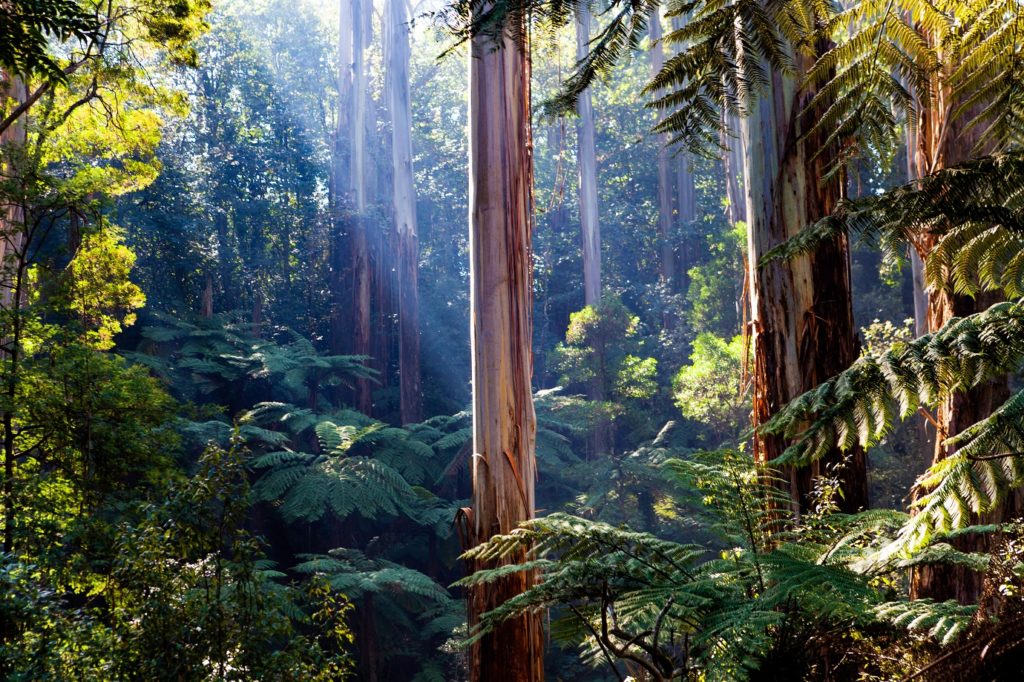In the early hours of the 9th October, the Human Rights Council – the top UN human rights body – formally recognised the human right to a safe, clean, healthy and sustainable environment. This is a major achievement for environmental and human rights advocates.
The concept of a ‘human right to a healthy environment’ was first outlined in the Draft Declaration of Principles of Human Rights and the Environment, submitted to the UN by Special Rapporteur Fatma Zohra Ksentini in 1994. Since then, Australian NGOs have been advocating that the right to a healthy environment be recognised as a human right – both in international law and in Australian laws. This includes ongoing advocacy by legal groups like Australian Lawyers for Human Rights, and non-legal NGOs like the Climate and Health Alliance Australia, as well as grassroots campaigns.
So, what is the human right to a healthy environment?
The recent resolution passed by the Human Rights Council states: ‘the right to a safe, clean, healthy and sustainable environment [is] a human right that is important for the enjoyment of human rights’. There are two core ideas that flow from this definition.
The first, is that all people possess the right to a healthy environment. By virtue of being a human being you have rights, ranging from the right to a fair trial to the right to education. You do not earn human rights and they cannot be taken away from you. We all have the right to a healthy environment – we are owed a healthy environment in our immediate vicinity, so that each of us as individuals can live safely, and we are owed a healthy global environment, so that our global society can thrive.
The second, is that a healthy environment is a necessary foundation for the achievement of other human rights. For example, we all have the right to life, but environmental harms, like natural disasters or pollution, severely impact that right. We, as a collective society, cannot protect the right to life unless we have a healthy and safe environment. In essence, we are all ‘ecologically embedded beings’ – we exist within our environment, we breathe air, we drink water, we go for our daily walk to overcome lockdown anxiety. If our environment is seriously polluted or unsafe – then all our human rights are at risk.
Why is the human right to a healthy environment important?
The right to a healthy environment can seem a bit abstract, but it is an important concept in two ways. First, the right to a healthy environment underpins many campaigns to tackle environmental harms and ensures governments are responsible for addressing those harms. Second, the right to a healthy environment dictates that governments must respond to environmental harms in an equitable manner – to protect all our human rights.
In Australia, there are many instances where the right to a healthy environment will serve as a critical legal and advocacy tool. These examples range from halting air and water pollution generated by coal mines, to accelerating greenhouse gas emissions drawdown to address the climate crisis. The right to a healthy environment forms part of many ongoing campaigns by Indigenous Elders to protect their sacred sites and the ecosystems that form part of their lands. For example, the Wangan and Jagalingou Peoples who are protesting the Adani Coal Mine, and the Wilinggin, Kija, Bunuba, Gooniyandi, Walmajarri, Nyikina Mangala and Warrwa Peoples seeking to protect the Martuwarra (Fitzroy) River System.
The Australian government – and indeed, many States and Territory governments – are not protecting our right to a healthy environment. They are still funding the climate crisis (potentially to the tune of $250 billion); they are still approving developments that damage our ecosystems and our Indigenous heritage.
So, what can you do?
Last week’s recognition by the UN was the product of community campaigning, and future wins that actively protect our right to a healthy environment will also be driven by our community. Now is the time to get involved. Join a local emissions-reduction group or support Indigenous-led campaigns to protect our iconic ecosystems. Call or email your local representatives pushing for the right to a healthy environment to be protected in Australian law.
The global community has acknowledged that we deserve to a healthy environment – to live joyously and freely with clean air, water and flourishing life around us. Now it is time for us to get the same recognition from our own government.

